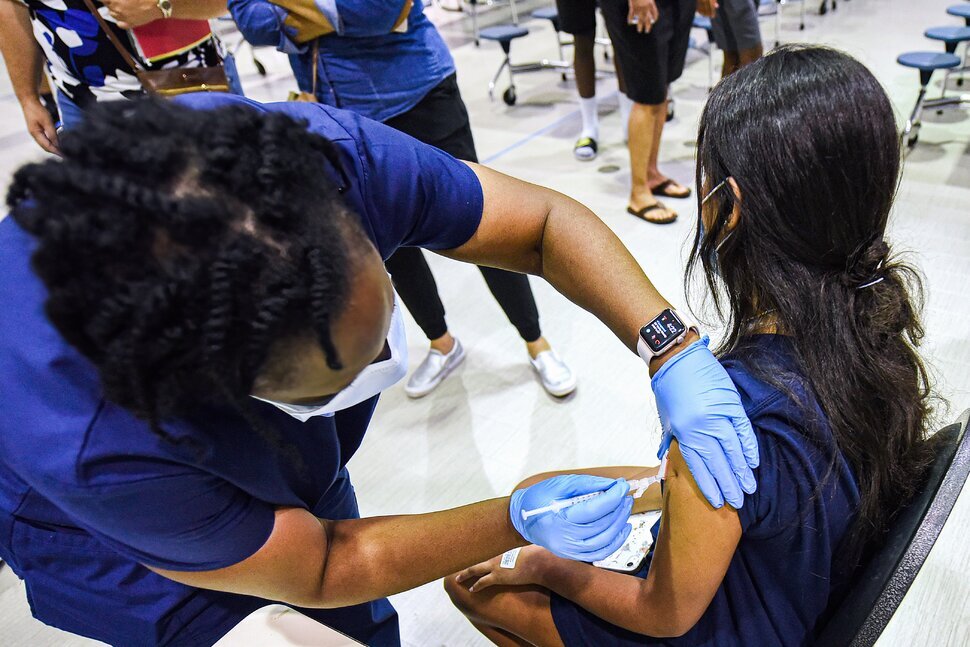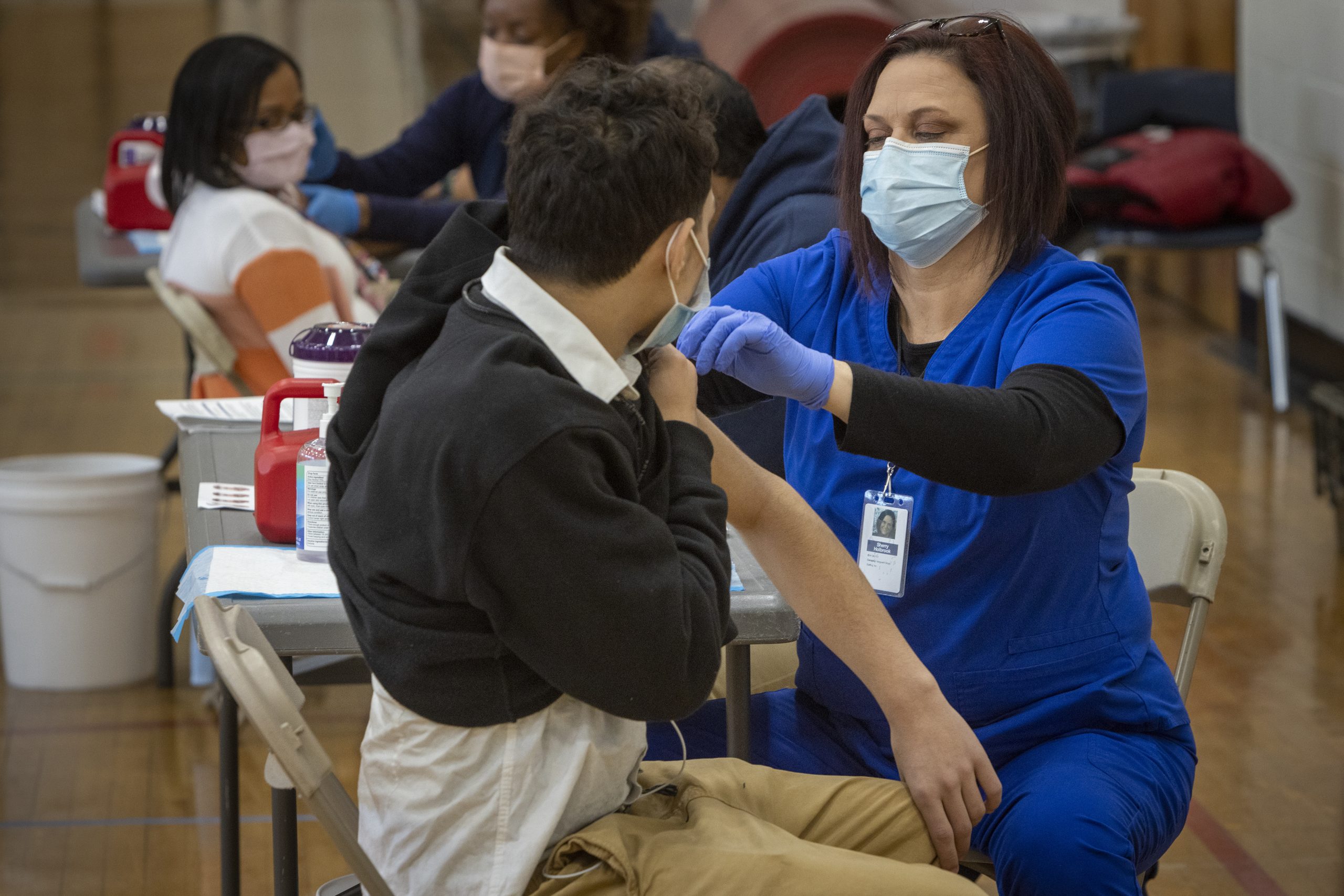COVID-19 outbreaks in schools are a concern due to the ease of person-to-person transmission. Children have a similar risk as adults for contracting COVID-19 and could bring the virus home, potentially spreading it to family members. However, both schools and families can take measures to reduce the risk of infection, focusing on everyday health practices and additional precautions during outbreaks.
Vaccination is one of the key tools in preventing severe COVID-19 illness. In the U.S., COVID-19 vaccines are available for everyone aged 6 months and older. Staying up to date with vaccinations reduces the likelihood of hospitalization and death from COVID-19 for both adults and children. Schools may host vaccine clinics or share information on vaccination sites to ensure students have access to these vaccines.
Improving airflow in classrooms and other indoor environments is another preventive measure. COVID-19 spreads through airborne particles, so increasing the circulation of fresh air can help reduce the concentration of virus particles in the air. This can be done by opening windows, using fans, or using air purifiers in spaces where windows cannot be opened or where air quality is poor.

Hand-washing is a fundamental practice for preventing the spread of germs. Schools can support this by ensuring that soap and hand sanitizer are available, and by building time into the day for students to wash their hands, especially after activities like eating, coughing, or using the bathroom. Children should be taught to wash their hands for at least 20 seconds or use hand sanitizer with 60% alcohol when soap isn’t available.
Wearing face masks can also help prevent the spread of COVID-19, particularly when there is a higher level of virus circulation in the community.
Schools can support mask-wearing by educating students and staff on its benefits, accommodating those with disabilities who cannot wear masks, and providing clear masks for effective communication when needed. Proper mask-wearing techniques, including ensuring a snug fit, are important for maximizing protection.
During times of high COVID-19 spread, additional measures may be necessary. Schools may adjust policies for returning to class after illness, test asymptomatic individuals, or implement cohorting to minimize transmission between groups.
Parents should be aware of these actions and stay informed about school policies, particularly if their child becomes ill with COVID-19. Ensuring good hygiene, promoting vaccination, and following school protocols can collectively help reduce illness and keep children in school.
